Fried Scorpions: The Crunchy Snack Turning Heads in Beijing
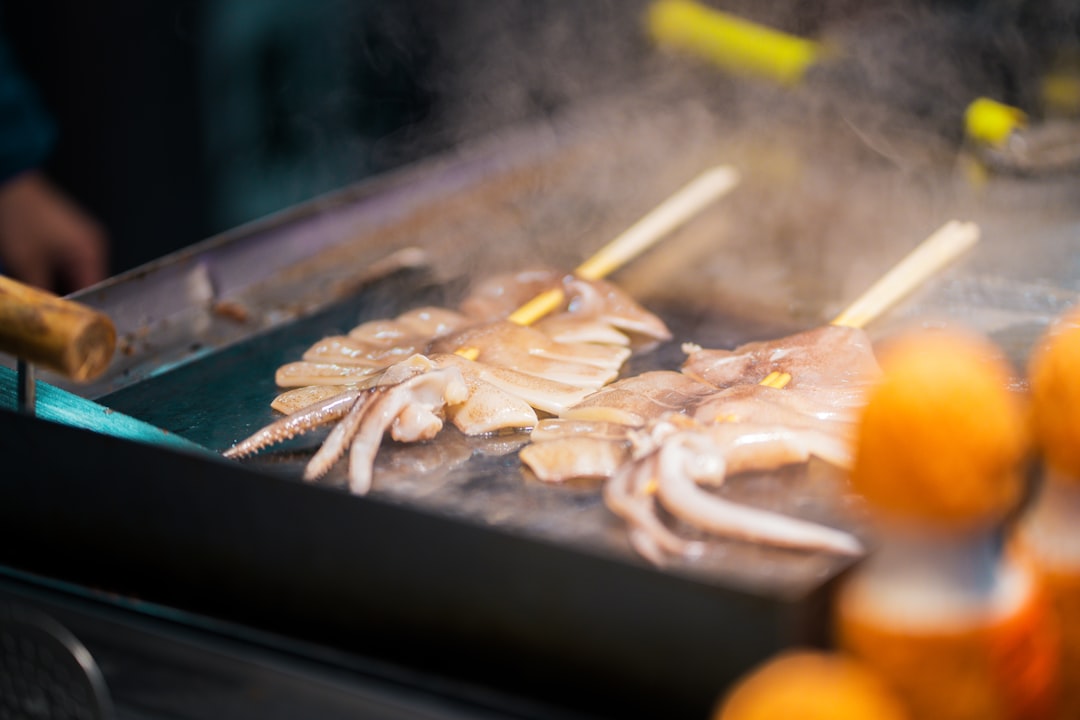

Walk down Wangfujing Snack Street in Beijing and you’ll see skewered scorpions wriggling on sticks, ready for a quick fry. Fried scorpions, a staple of Chinese street food culture, have become a viral sensation among tourists and locals alike. According to a 2024 report by the China Food Industry Association, over 15,000 scorpion skewers are sold daily in Beijing’s top tourist districts. Scorpions used for eating are farm-raised and tested for toxins, ensuring safety for adventurous eaters. Vendors claim the taste is nutty and crispy, often compared to fried shrimp shells. The snack is also believed by some to have health benefits, including boosting circulation. While not for the faint-hearted, it’s a must-try for anyone seeking a truly unique food experience.
Stinky Tofu: The Pungent Delicacy With a Cult Following


Stinky tofu, or “chòu dòufu,” lives up to its name with a powerful scent that can be detected from blocks away. This fermented bean curd is typically deep-fried and served with spicy sauces or pickled cabbage. According to a 2023 survey by the Shanghai Culinary Institute, nearly 60% of respondents said they were initially put off by the smell but ended up loving the taste. The fermentation process, which can last from several days to months, creates a distinct flavor profile that attracts loyal fans. A recent rise in social media food challenges has boosted stinky tofu sales by 18% in major cities like Changsha and Shanghai. Despite its divisive aroma, stinky tofu is celebrated for its creamy inside and crispy exterior. The dish is even listed as a cultural heritage snack in Hunan province.
Silkworm Pupae: Protein-Packed Morsels Gaining Popularity


Silkworm pupae, known as “cán yǒng,” are a protein-rich snack found at night markets across China. A 2024 study by the Chinese Academy of Agricultural Sciences revealed that silkworm pupae contain more protein per gram than beef or chicken, making them a favorite among fitness enthusiasts. Vendors typically boil or fry the pupae, seasoning them with chili and spices for extra flavor. Consumption of silkworm pupae has surged by 12% in the past year, especially in urban centers like Chengdu and Shenyang. Some street food stalls even offer silkworm pupae on pizza, reflecting a growing trend of fusion cuisine. While the chewy texture may surprise newcomers, regulars praise the snack’s nutty taste and dense nutrition. Environmentalists also highlight silkworm pupae as a sustainable food option due to their low resource requirements.
Duck Blood Soup: A Shanghai Classic With a Modern Twist


Duck blood soup, or “yā xiě tāng,” is a staple in Shanghai’s bustling street food scene. This dish combines cubes of duck blood with vermicelli, tofu, and pickled vegetables in a spicy, aromatic broth. According to a 2024 Shanghai Food Festival report, duck blood soup sales have increased by 22% since new food safety regulations were implemented, reassuring hesitant diners. The soup’s iron-rich duck blood is believed to boost energy and circulation, making it a winter favorite. In recent years, modern versions featuring truffle oil or chili crisp have drawn younger crowds. Food critics applaud the soup’s balance of textures and flavors, from silky blood cubes to crunchy pickles. Duck blood soup is now served in over 3,000 street stalls and small restaurants citywide.
Grilled Starfish: An Unexpected Sea Treasure


Grilled starfish, rarely seen outside China, is a specialty on Dalian’s seaside promenades. The starfish are split open and roasted over charcoal, then sprinkled with cumin and chili powder. According to the 2024 Dalian Street Food Association, over 7,500 starfish snacks are sold each week during the summer season. The dish is prized for its briny, slightly chewy texture, often compared to crab but more intense. Many vendors encourage visitors to crack open the limbs and scoop out the soft flesh inside. Concerns about overfishing have led to new quotas limiting starfish harvests, ensuring sustainable practices. Food tourists often cite grilled starfish as one of the most Instagram-worthy—and unusual—eats in China.
Deep-Fried Cicadas: Nature’s Crunchy Snack Takes Flight
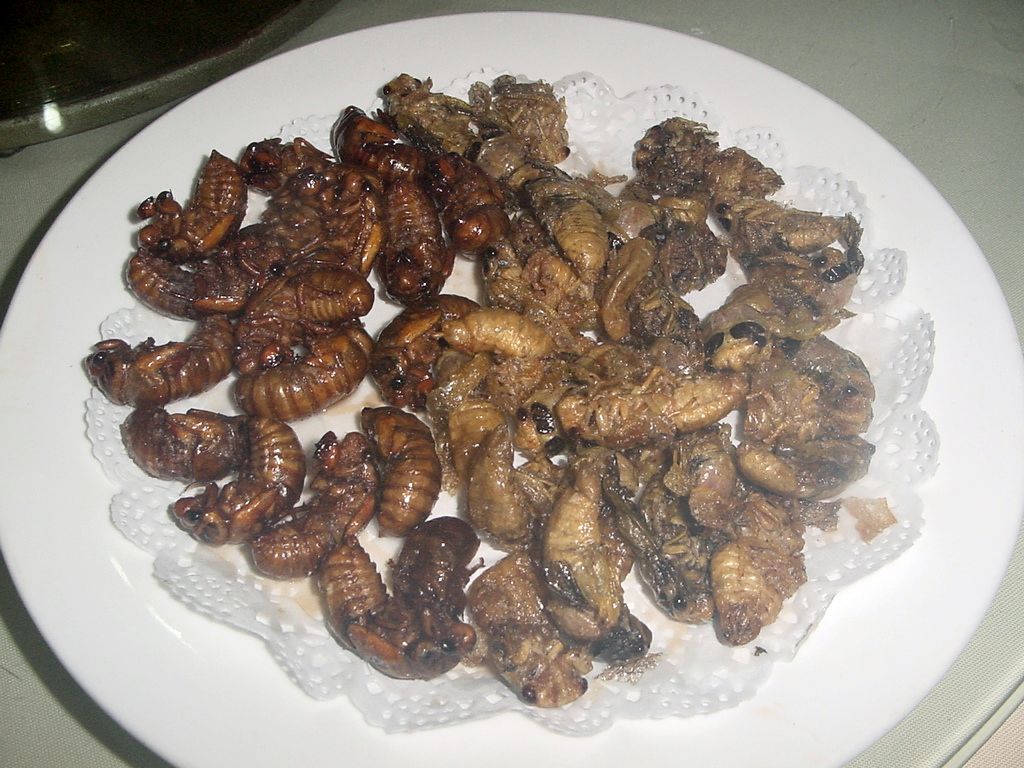

With climate changes leading to larger cicada populations, deep-fried cicadas have made a comeback in cities like Wuhan and Suzhou. These seasonal insects are collected, cleaned, and flash-fried until golden brown. According to a 2024 survey by the Suzhou Urban Development Bureau, sales of cicada-based snacks doubled in the past two years, particularly among young people seeking eco-friendly protein sources. Vendors highlight the snack’s high omega-3 content and unique, earthy flavor. Deep-fried cicadas are often served with chili powder or garlic salt, enhancing their nutty taste. Environmental advocates promote cicada consumption as a means to naturally control booming insect populations. The snack’s novelty factor has made it a popular feature on food blogs and TikTok.
Chicken Testicle Skewers: A Guilin Street Food Phenomenon
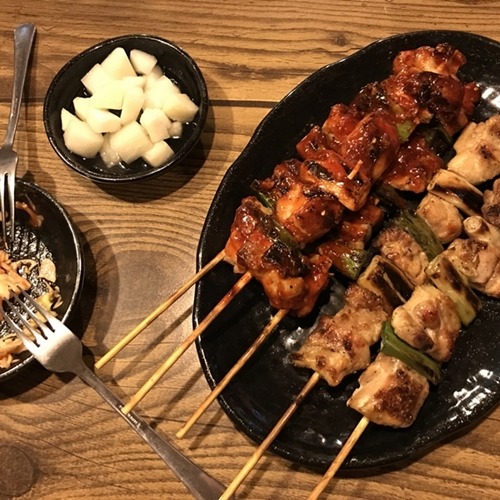

Chicken testicle skewers, or “jī wán chuàn,” are a delicacy particularly famous in the southern city of Guilin. The skewers are gently grilled and brushed with savory sauces, drawing in curious crowds nightly. A 2023 report by the Guangxi Culinary Society found that 40% of tourists who tried the skewers were surprised by their creamy texture and mild flavor. Vendors often tout the supposed health benefits, claiming they boost stamina and replenish energy. The dish has become so popular that local farms have increased production, with Guilin now exporting chicken testicles to food markets across China. Street food festivals regularly feature “testicle eating contests,” adding to the snack’s quirky reputation. Despite initial hesitation, many diners end up returning for seconds.
Fermented Century Eggs: The Mysterious “Black Eggs” of the Market


Century eggs, or “pídàn,” are duck eggs preserved in a mixture of clay, ash, and quicklime for several weeks or months. This process transforms the yolk into a creamy, dark green center and the white into a translucent, jelly-like brown. According to recent data from the China Egg Producers Association, over 700 million century eggs are consumed annually in China. Street vendors slice them and serve with pickled ginger or soy sauce, highlighting their savory, almost cheesy flavor. Food safety monitoring has improved, with stricter regulations introduced in 2023 to combat counterfeit products. The unique look and taste of century eggs continue to shock and intrigue foodies worldwide. Popular with locals, they’re often enjoyed with congee or as a cold appetizer in night markets.
Grilled Rabbit Heads: Spicy, Smoky, and Not for the Timid
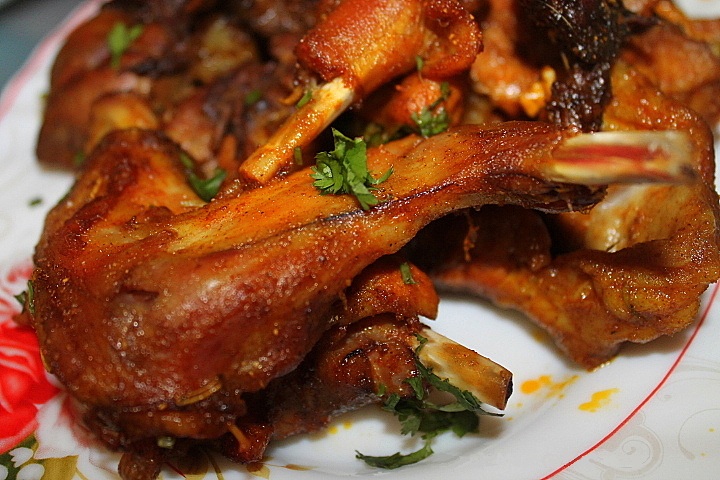

Grilled rabbit heads, known as “kǎo tù tóu,” are a fiery specialty in Chengdu’s night markets. The heads are split, marinated in Sichuan peppercorns and chili oil, then grilled to perfection. According to a 2024 Chengdu Food Culture Study, over 2.8 million rabbit heads were sold in the city’s street markets last year alone. Eaters crack open the skull to access the tender cheek meat and spicy brains, often washing it down with cold beer. The dish’s spicy heat and bold flavor are a hit among locals and adventurous tourists. Vendors report that many first-time eaters are surprised by how addictive the snack becomes. Rabbit heads have even inspired viral food challenges online, fueling their growing popularity.
Bee Pupae Skewers: A Rare Treat With a Cult Following
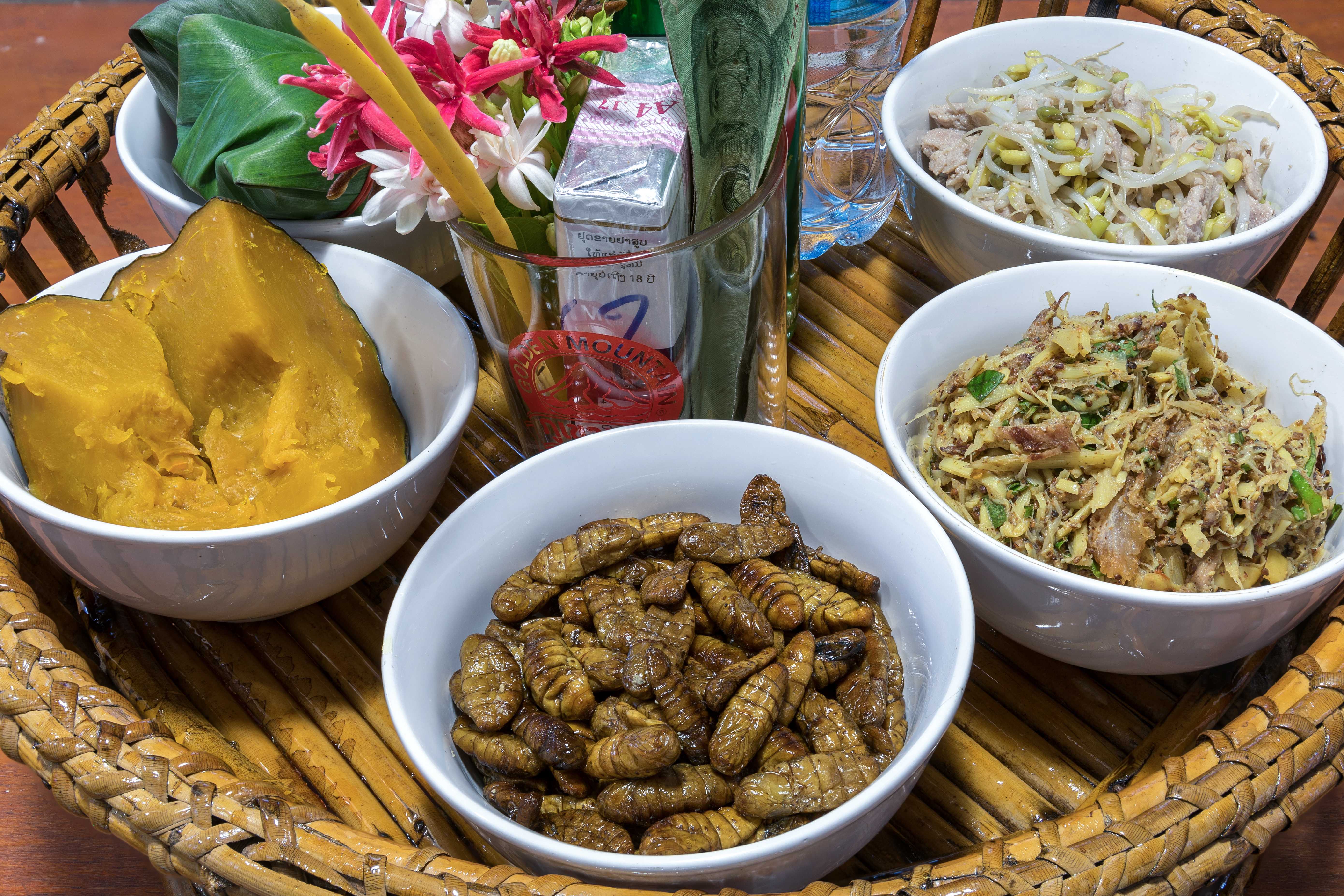

Bee pupae skewers, called “fēng yǒng chuàn,” are a rare but prized find in select Yunnan and Guizhou night markets. The pupae are lightly seasoned and roasted, resulting in a crispy exterior and soft, nutty center. The Yunnan Food Authority reported a 15% rise in sales of bee pupae snacks in 2024, driven by eco-conscious diners and food tourists. Nutritionists highlight bee pupae’s high protein and vitamin B content, making them one of the most nutrient-dense street foods available. Vendors emphasize sustainable beekeeping practices to protect bee populations. The snack is often paired with local rice wine, enhancing the subtle flavors. Bee pupae skewers remain a conversation starter for both locals and visitors willing to take the plunge.



